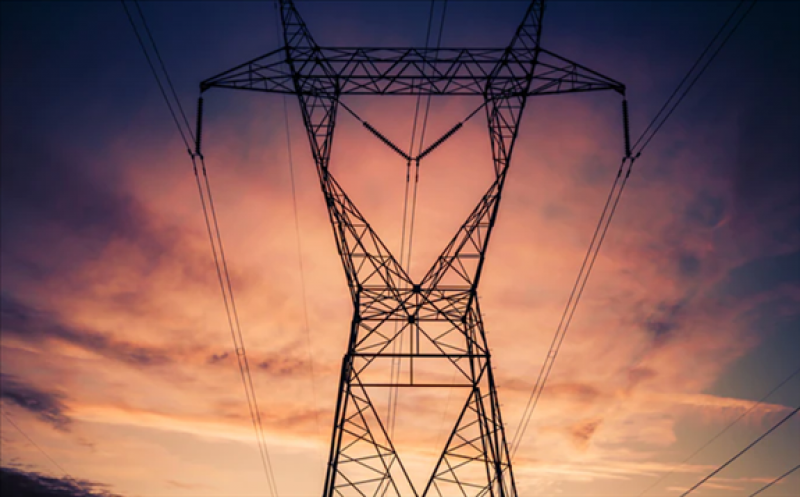The largest hurdle to implementing large-scale, carbon-free generation resources and to reducing the number of internal combustion engines on roads is modernizing the transmission grid to accommodate renewable energy generation and electrification, according to.

In its recently released white paper, “Transmission investments can pave the way to a carbon-neutral future in the U.S.,” the company noted that state-level greenhouse gas (GHG) emission goals generally involve reducing carbon emissions by 40% by 2030 and 80% by 2050, using a 1990 baseline of 6.3 billion metric tons of carbon dioxide equivalents (MMT CO2 Eq).
The company noted that investing in transmission system technology that expands the capacity to transfer energy from areas with favorable conditions for renewable energy development to major load centers and that bridges regional seams is crucial to meeting those goals.
According to the U.S. Energy Information Administration (EIA), carbon-free generation resources such as nuclear, hydro, wind, and solar currently deliver about 40% of generation in the United States, with the remaining 60% coming from coal, natural gas, and other fossil fuel-based generation, the company said.
Speaking with T&D World's sister publication, TransmissionHub, Gary Rackliffe, vice president of Market Development and Innovation at Hitachi ABB Power Grids, said, “[I]f we’re going to change the energy mix and move away from fossil fuels, … that means over the next 30 years, we need to make substantial changes to our generation mix.”
Transportation has now surpassed power generation as the largest source of greenhouse gas emissions as the country moves away from coal, for instance, and uses more renewables, he said.
Reducing transportation emissions is focused on transitioning from internal combustion engines to such alternatives as hydrogen and electric vehicles (EVs), the company said in its paper, adding that the National Renewable Energy Laboratory (NREL) has forecast that the transition to EVs will lead to a 20% to 38% increase in electricity consumption for EV chargers by 2050.
EIA also predicts that a majority of the carbon-free energy generation will come from wind and solar power, the company said, noting that most of the best wind sites are either offshore or in sparsely populated areas that have historically had few energy generation facilities.
Indeed, Rackliffe noted that the location of renewable generation does not necessarily align with load centers.
The company noted in its paper that the lack of intraregional, as well as interregional, transmission capacity is a major limiting factor for large-scale development of hydro, wind, and solar power to meet emission reduction targets.